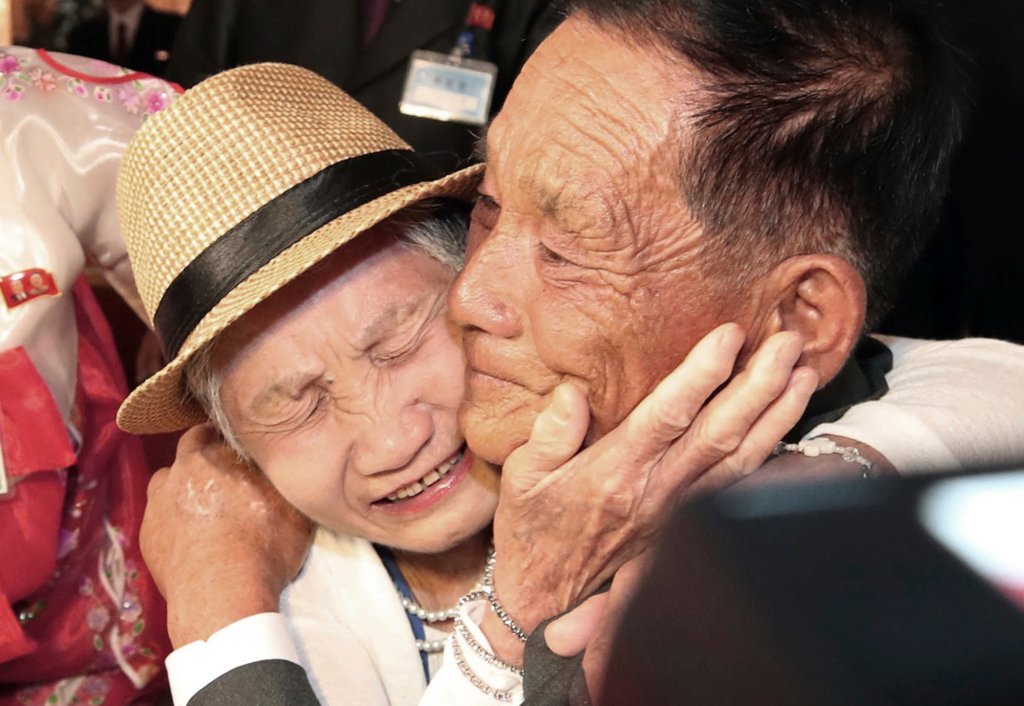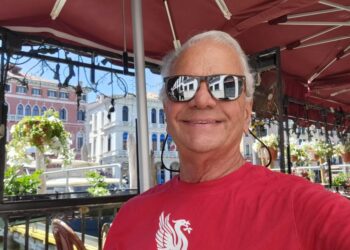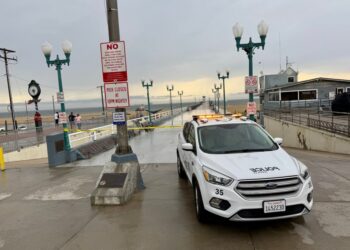“I just want to know if he’s dead or alive.”
Anaheim resident Jong-hyun Do has been living in the U.S. for nearly five decades now. But memories of his older brother, Jong-mu Do, who was captured by North Korean soldiers on June 5, 1970, off the coast of Yeonpyeong Island a few miles away from North Korea, are still clear as day.
Jong-mu Do, 24 years old at the time, was serving aboard a South Korean Navy broadcasting ship dispatched to protect a fishing fleet when he and 19 other crewmen were ambushed and seized by a North Korean speedboat, Jong-hyun Do said. According to a Korean newspaper article published at the time, a South Korean fighter jet was sent out to save the crewmen, but by then, the naval vessel had already been removed to the north of the maritime border.
Jong-hyun Do never saw or heard from his brother again.
“I don’t expect to ever see him again. I’m not holding my breath,” Jong-hyun Do, now in his late 70s, said in Korean. “But if only I knew if he is dead or alive.”
Related: Revived bill could help Korean Americans reunite with North Korean relatives for first time since the war
The Do family is only one of the thousands torn apart by the heavily fortified border that separates the Korean Peninsula. When the North and South agreed to a ceasefire in 1953 after three years of the Korean War — a bloody civil conflict that left the country utterly devastated and claimed millions of civilian lives — the border between the two sides was sealed shut.
Today, only a thin strip of land, dubbed “The Bridge of No Return,” separates the residents of the only divided country in the world.
A majority of divided families were separated during the war when they fled communist North Korea prior to the closing of the border, but some, like Jong-hyun Do’s brother, were taken as hostages, even after the ceasefire.
While there was an estimated 100,000 Korean Americans with relatives in North Korea, who, like Jong-hyun Do, came to…
Read the full article here






